L'Amant jaloux (Pinchgut Opera)
The 'anxiety of influence' is just as pertinent to music as it is to all the arts. Scholars have claimed that Mozart was strongly influenced in the composition of Le nozze di Figaro (1786), by André Grétry's (1741–1813) L'Amant jaloux (The Jealous Lover, or False Appearances) (1778). The musical and dramatic genius of Mozart suffuses every note of the score of Figaro, but it is perhaps the brilliant ensembles that punctuate the action, culminating in the two finales that end the second and fourth acts, where true genius separates itself from workmanlike competence. (I reviewed the current Opera Australia production for Arts Update). Mozart developed the musical flexibility and sure dramatic sense within the conventions of the time, enabling him to allow the action to continue during these concerted numbers, rather than them turning into 'stand-and-sing' moments, as was common. One need only look at Mozart's great contemporary Joseph Haydn, to see where genius in one musical genre does not necessarily transfer into another. Although containing some delightful music, most of Haydn's many operas are dramatically stillborn; strong musical ideas are not fully developed in a dramatic way.
Continue reading for only $10 per month. Subscribe and gain full access to Australian Book Review. Already a subscriber? Sign in. If you need assistance, feel free to contact us.



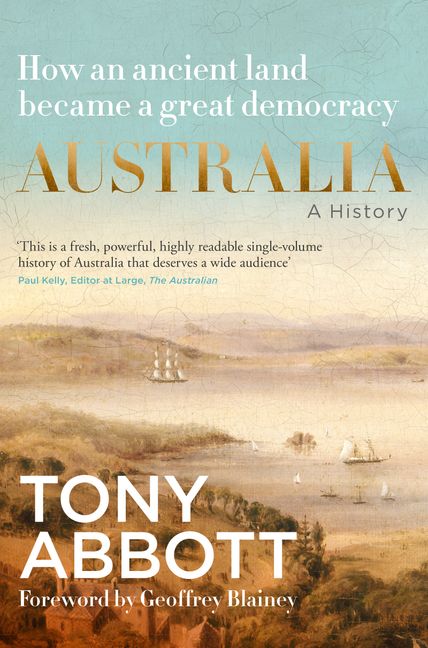
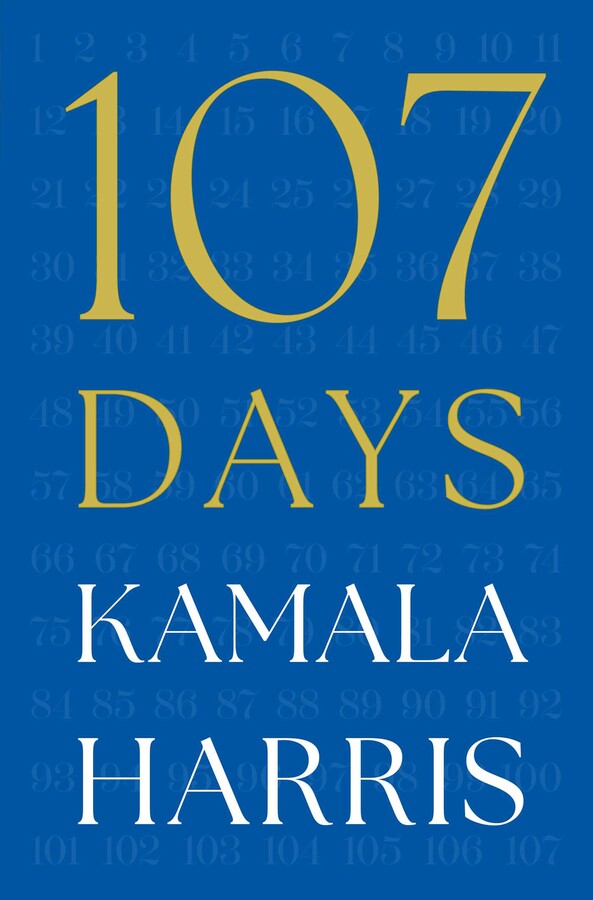
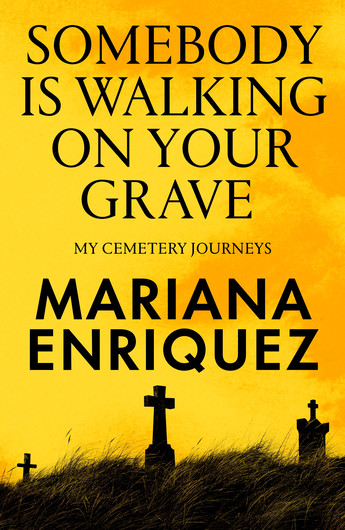

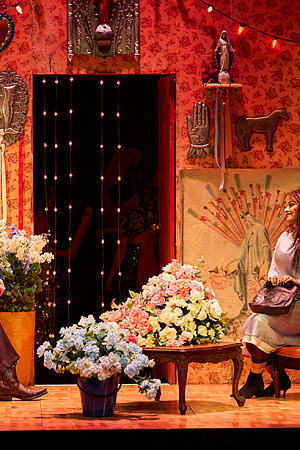
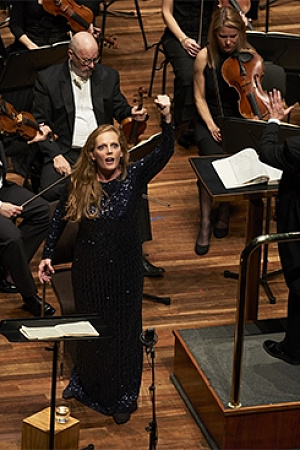
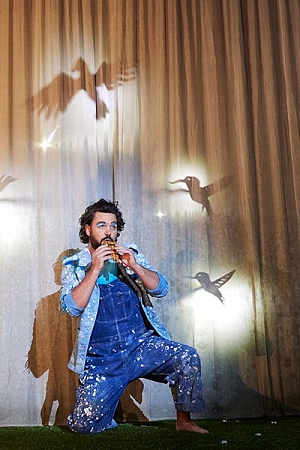
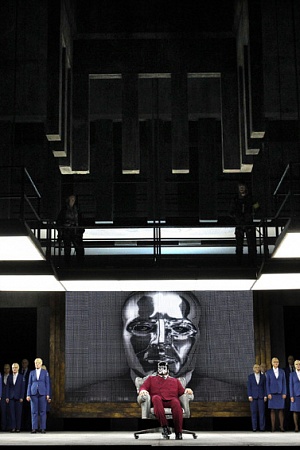
Leave a comment
If you are an ABR subscriber, you will need to sign in to post a comment.
If you have forgotten your sign in details, or if you receive an error message when trying to submit your comment, please email your comment (and the name of the article to which it relates) to ABR Comments. We will review your comment and, subject to approval, we will post it under your name.
Please note that all comments must be approved by ABR and comply with our Terms & Conditions.